INITIUM ET FINIS Wunderkammer der Humanität Matthias Korb (b. 1969)
Extant
2 Bartelstrasse, Lohrheim, 65558, Germany
2008 to present
The museum is open on Saturday and Sunday by appointment. Tours are provided for groups up to six. Visitors must be 18 or older.
About the Artist/Site
Born in 1969 in Frankfurt am Main, even at a young age Matthias Korb was concerned with the human species, its place within the system and worlds of nature, and how that was expressed, for example, in the way gardens were laid out in the Renaissance compared to those designed contemporaneously. Inspired by this interest, he found a job in the field of landscape gardening, and in his late twenties in 1997, he started his own business in this field.
In 2005, without any formal art school education, he also started to focus on the creation of visual art. He concentrated on the creation of assemblages where new meanings for found objects can be realized thanks to their new placement and the juxtaposition with other elements. In these works of his, nature appears as the background decoration, often simply consisting of a mixture of paint and different forms of earth. As a self-taught artist, Korb displayed these works as he participated in various exhibitions in Germany.
In 2008 Korb added another approach to his artistic activities when he started to transform his home in Lohrheim into an art environment. Conceptually, this art environment is an overwhelming collection of objects, attached to walls, displayed in 19th-century wall cabinets, and/or arranged in horizontal arrangements, but often seemingly randomly placed. This collection displays an extensive sample of all the things that humans have been surrounded with, or that were made or used to go through life.
In a review of the museum (note 1) art historian Sophia Rasmussen used a classical classification to describe the collection. She distinguished:
* Naturalia (natural objects): including strangely shaped roots and branches, seed capsules, skeletal parts, horns, and bird nests;
* Artificialia (artificial objects), such as African masks, Asian candlesticks, doll heads, old toys, mannequins, framed photographs, books, gas masks, and tools;
* Scientifica (scientific objects) such as a telescope, measuring instruments, globes, metronomes, and surgical instruments; and
* Devotionalia (devotional objects), including crucifixes, statues of saints, and votive images.
However, the museum’s collections include numerous objects that do not fit within these classifications.
All of the objects on display in his museum were gathered by Korb himself. He found many items just by chance, in nature, during his work, or at the dump, but mostly his preferred sources are the flea markets in Frankfurt, where he often works. But he also searches consciously for specific items, to fit them in with the concept of an assemblage he may have in mind to make.
This art environment includes rooms in the home, the barn, and the garden. Some of the rooms in the house have been transformed into salons with dark red painted walls, and may be equipped with black painted furniture and wall cupboards, which give the room a 19th-century appearance. Smaller items, such as framed photos on the wall, reinforce this impression.
The barn features the largest part of the collection. It also includes Korb's studio and the artworks he has created over the course of the years.
The garden is intended as a place to rest after a visit to the museum, and to contemplate one's experiences. Here there is an assemblage of glass bottles that portrays the tangible aspects of the periodic table of elements, perhaps a reference to the inevitable fact that a collection like this never can be complete.
The museum is described as a Wunderkammer der Humanität. The German concept Wunderkammer (Room of Wonders) refers to a phenomenon from earlier centuries, when collections were set up – initially by royals, but later also by rich members of the public – which included artworks, but also included miraculous, strange, and everyday things. The art museums of our time would later develop from these wunderkammer, some, with extensive collections, such as those in many national encyclopedic museums, and others, with specific collections that focus only upon a specific artist, art direction, or historical period.
The Museum INITIUM ET FINIS bears witness to a development that, in contrast, is moving in the opposite direction, back to the prevailing concepts that helped form collections in earlier times. However, Korb’s use of the Wunderkammer concept is not intended to promote a longing for the past. This art environment is a Gesamtkunstwerk (note 2) that – using the Wunderkammer concept – investigates the relationship between humans and everything that surrounds us. Nevertheless, this does not alter the fact that visiting the museum can inspire nostalgic feelings about earlier times. In good weather the garden of the museum offers the visitor a suitable place to reflect about this.
Note 1: article by Sophia Rasmussen http://www.matthiaskorb.de/pdfs/atelierbegehung.pdf
Note 2: A Gesamtkunstwerk is a concept developed by German art historians during the Romantic period, suggesting an interplay of the arts, initially and especially in architecture.
- Henk van Es
MEDIA
INITIUM ET FINIS: Das Gesamtkunstwerk von Matthias Korb
Related Documents
Map & Site Information
2 Bartelstrasse, 65558 de
Nearby Environments


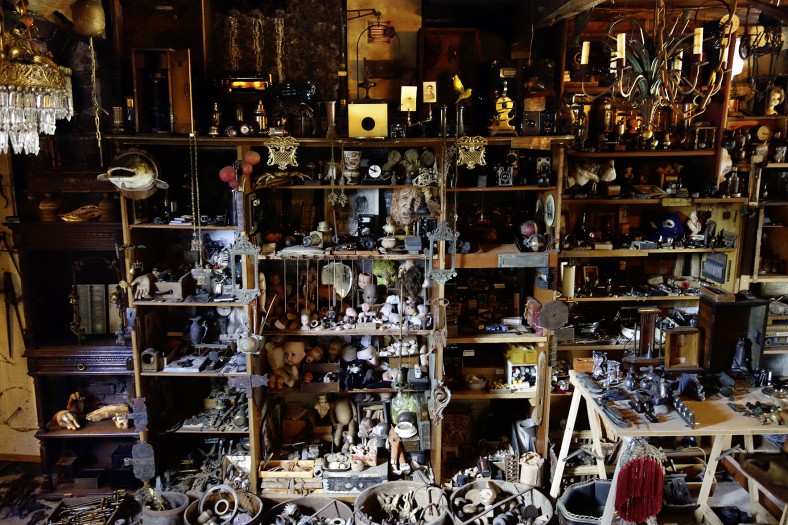
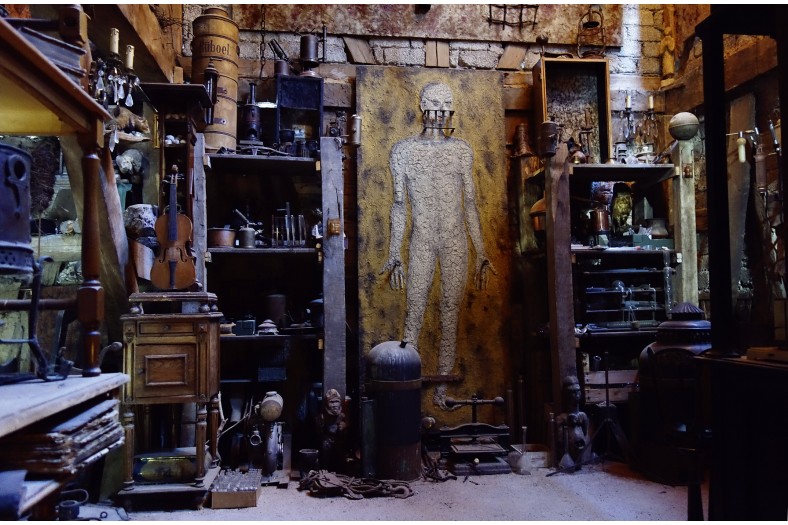
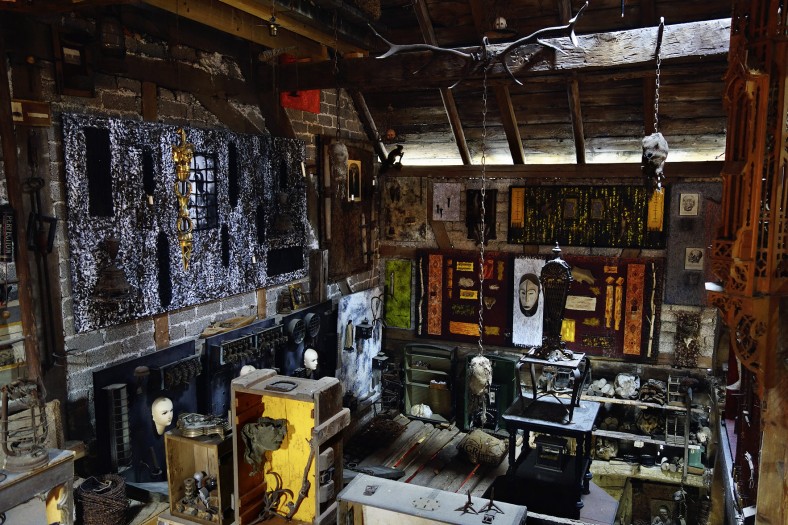
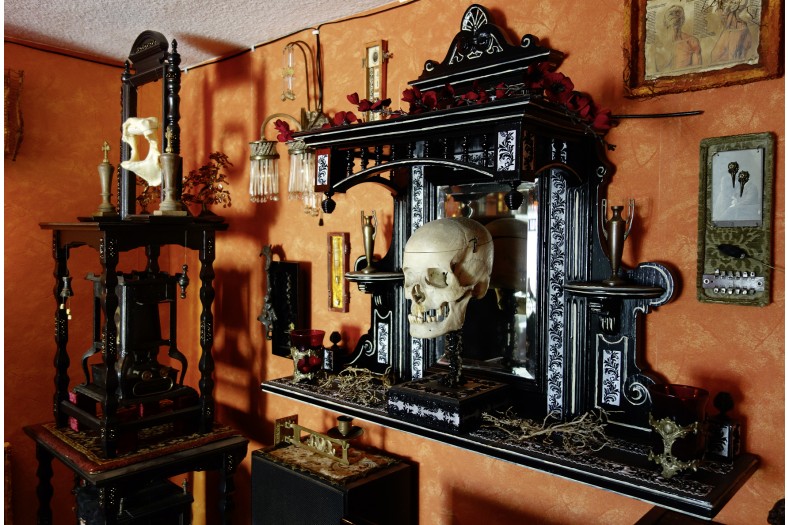
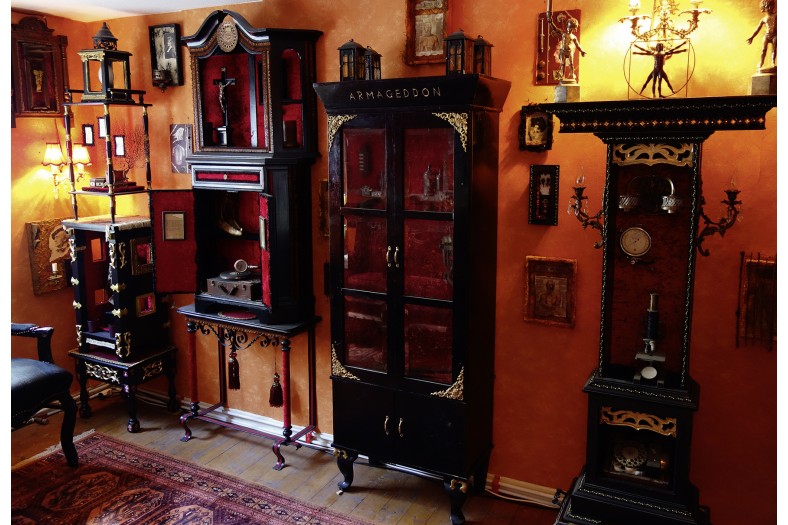
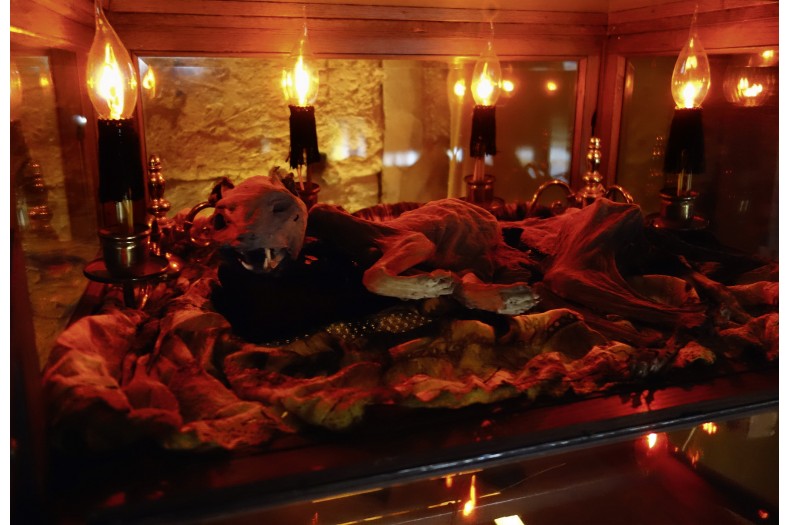
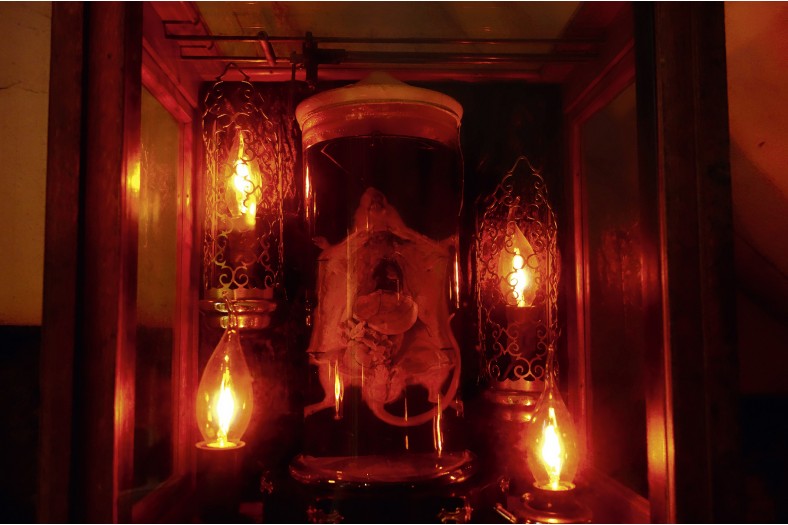

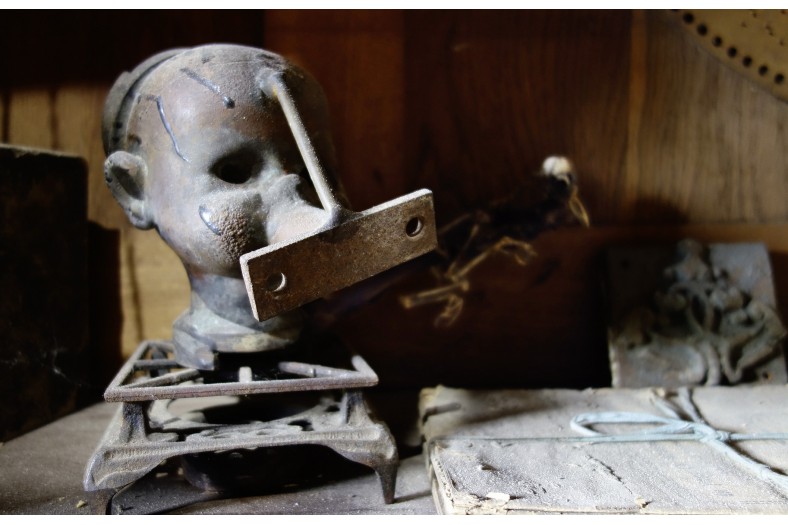
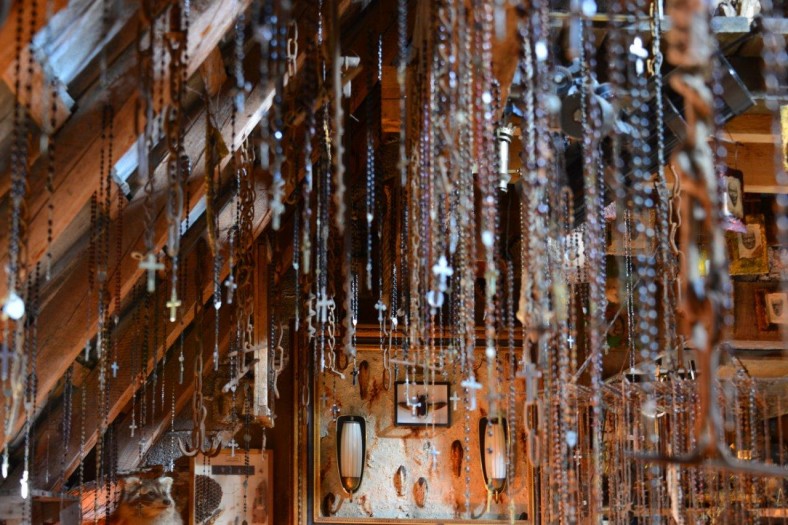
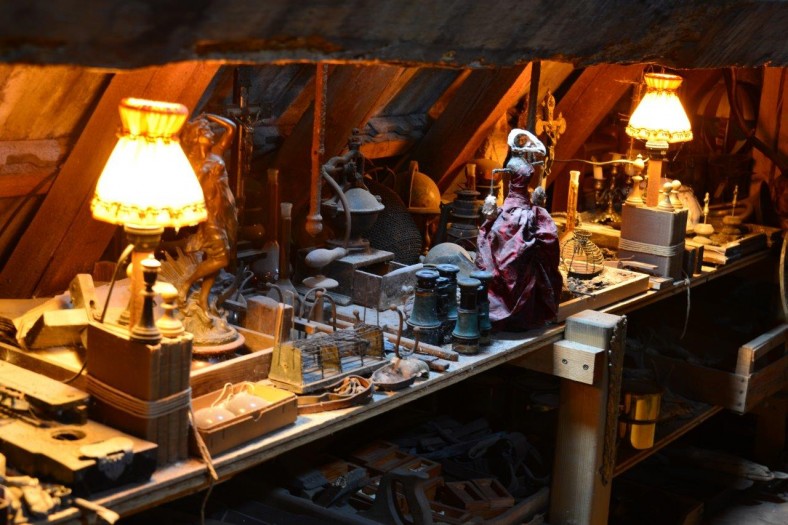
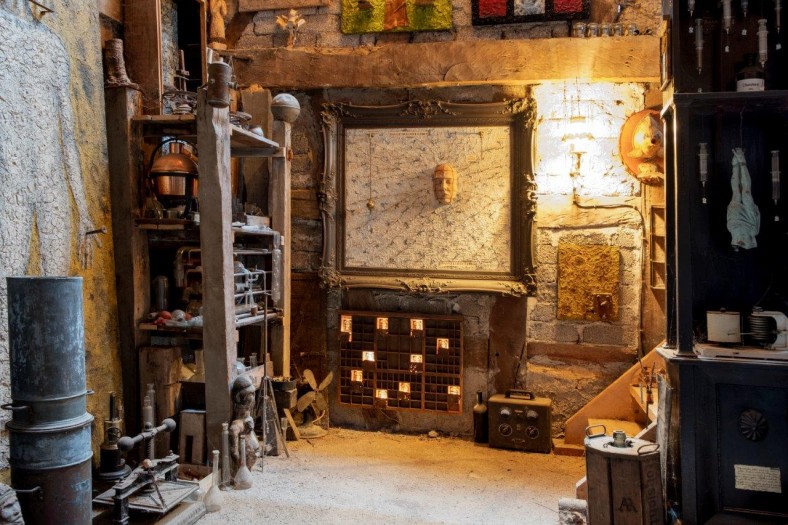

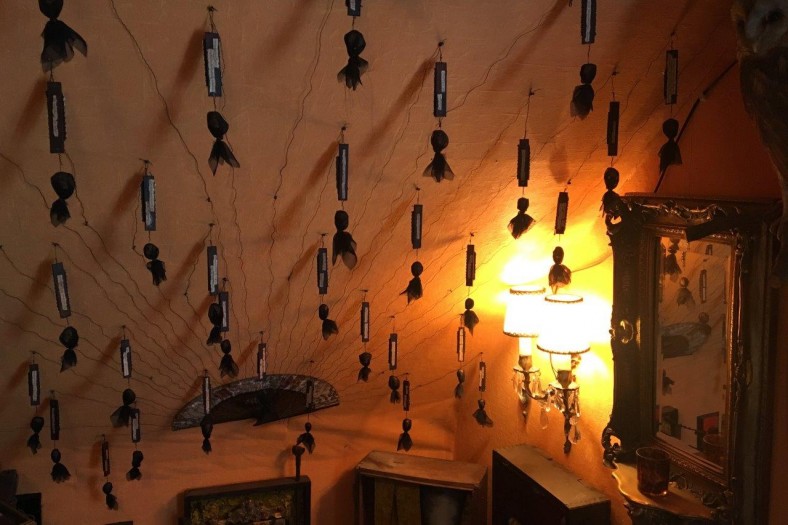
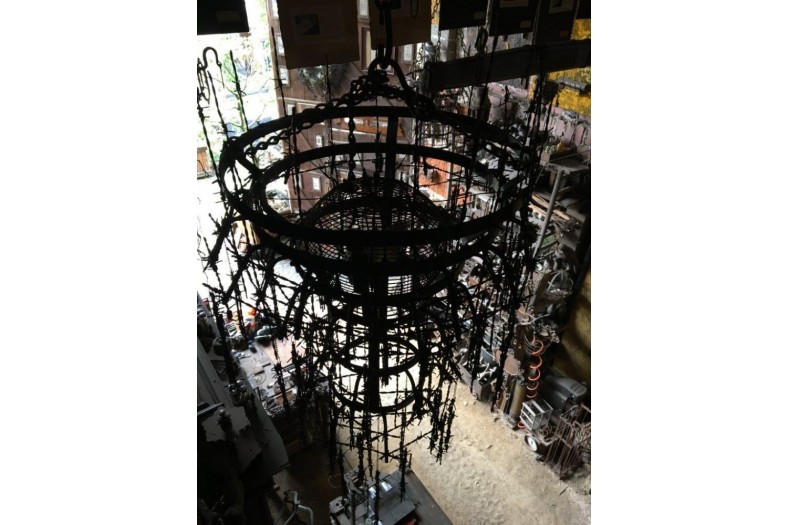
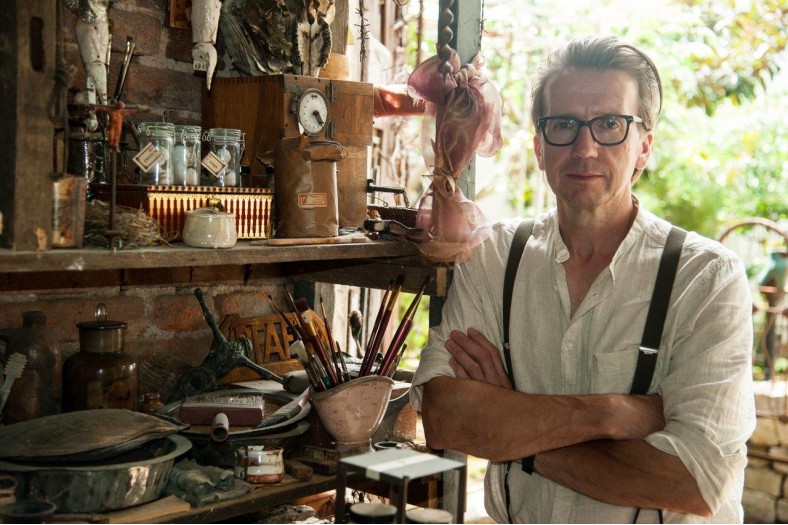
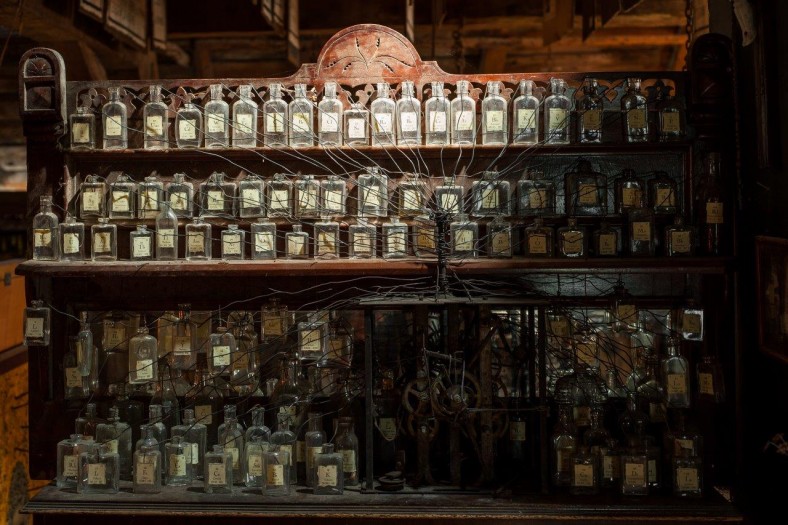
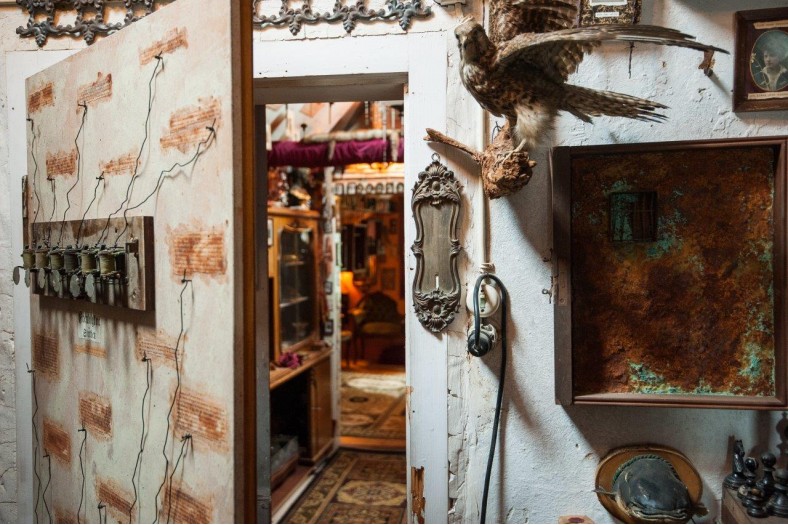
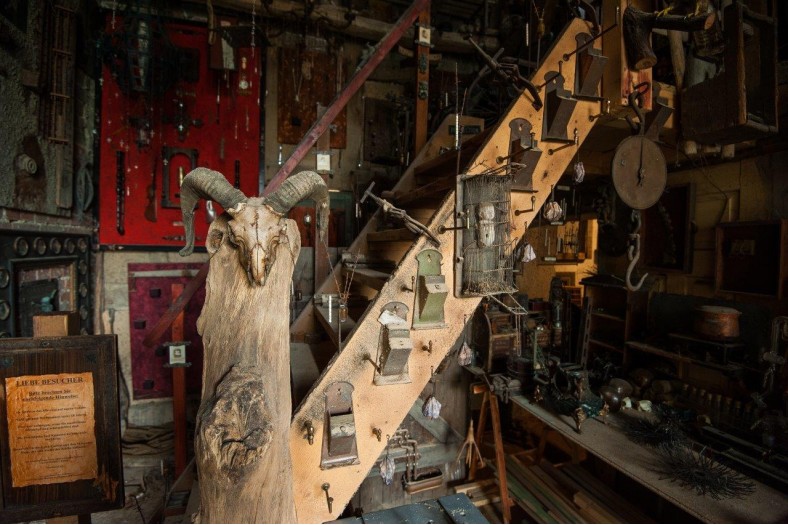
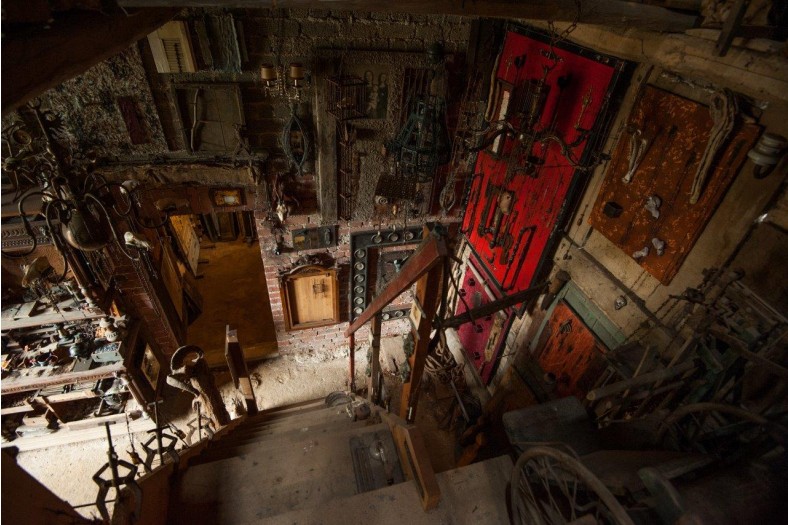
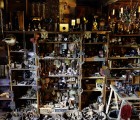
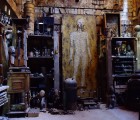

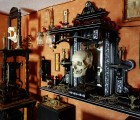
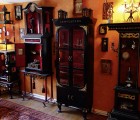
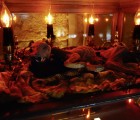
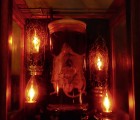
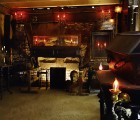
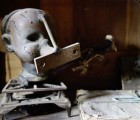
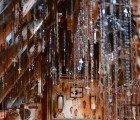
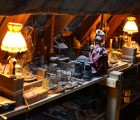

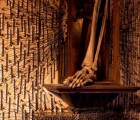


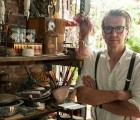
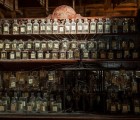

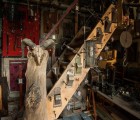
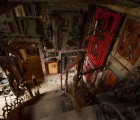
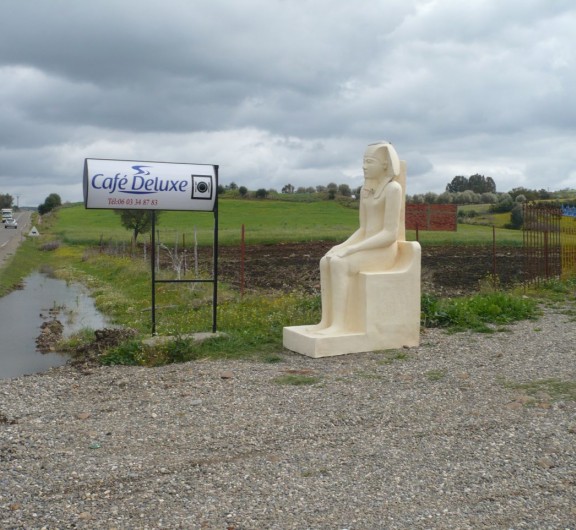
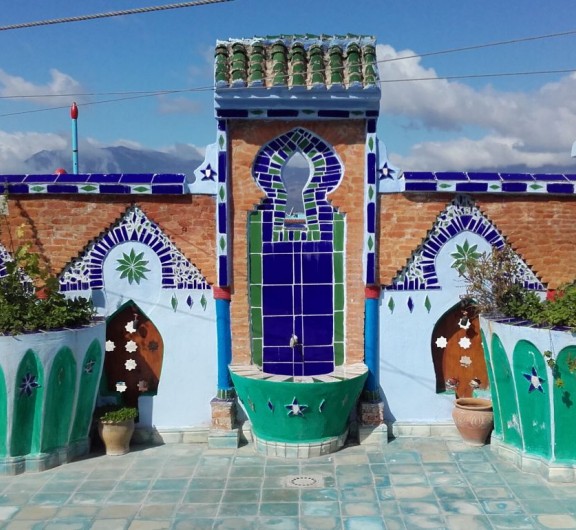
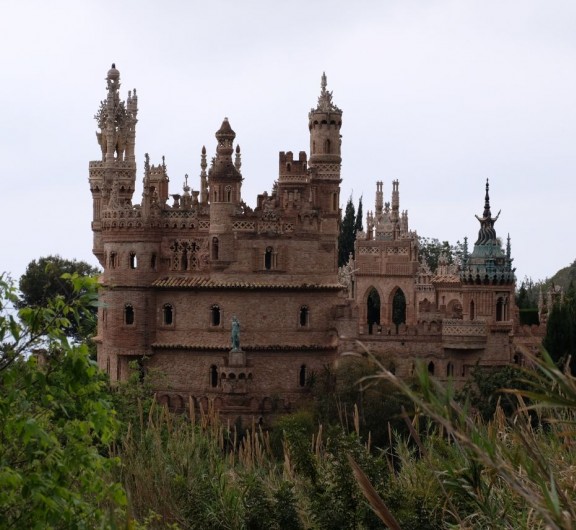

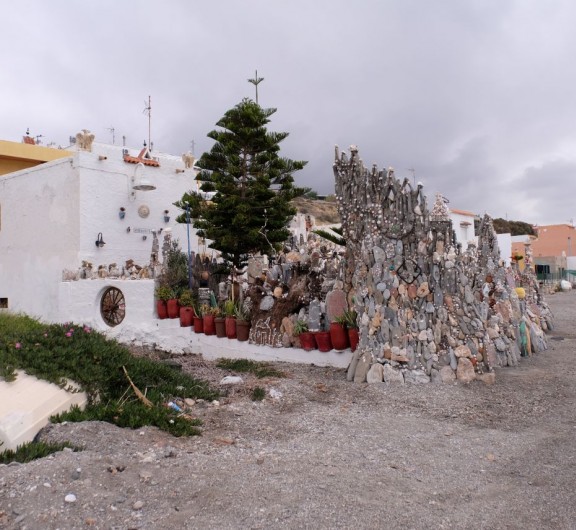
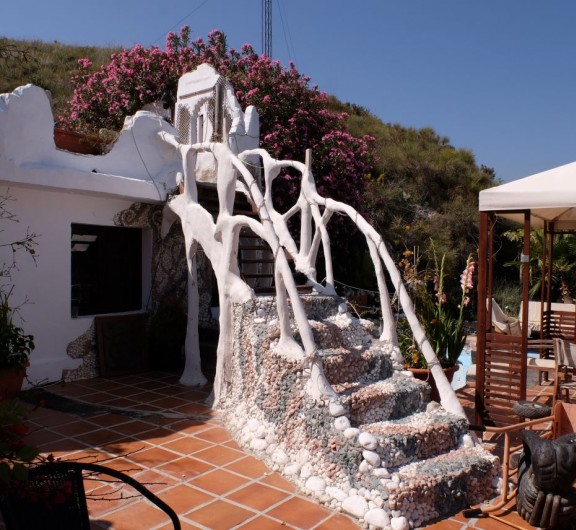

Post your comment
Comments
No one has commented on this page yet.